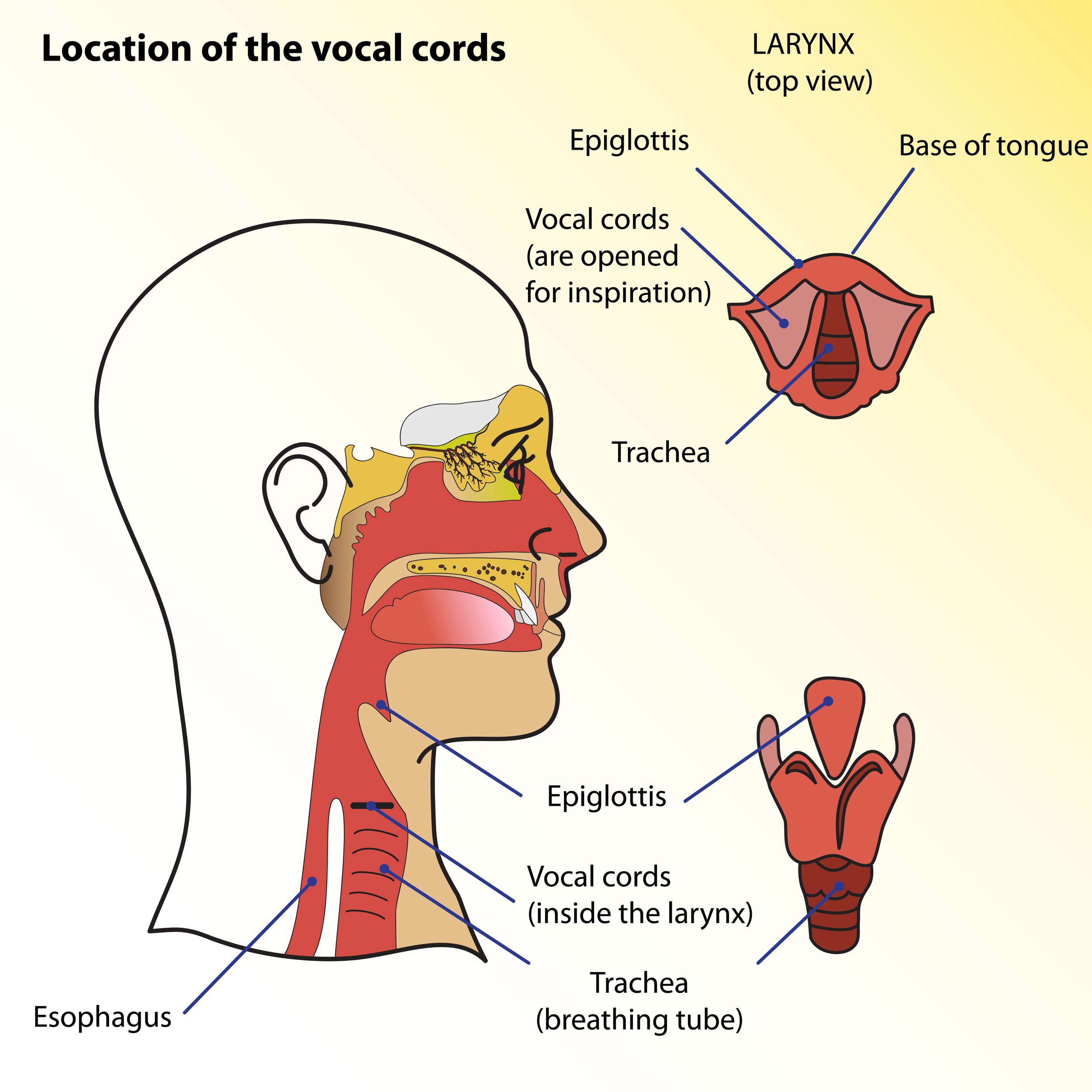How the Voice Works: What Every Singer Should Know
Your voice is an incredible instrument—and unlike a guitar or piano, it lives inside your body. That means singing isn’t just about sound. It’s about understanding how breath, muscle coordination, and resonance all work together to create the tone you want.
In this post, we’ll break down the three essential parts of the voice—breathing, vocal folds, and resonators & articulators—so you can start exploring how your voice really works. And if you want to go deeper, there’s a full video course waiting for you inside Singable Toolbox, complete with exercises to help you feel every part in action.
🎈 It All Starts with a Breath
Breathing is the fuel for your voice. But contrary to what many singers believe, it's not just about taking a big gulp of air. It's about managing that airflow so it supports your tone without strain.
Your lungs fill with air, and muscles around your ribs and belly help control the release.
A steady, balanced airflow keeps your tone consistent and your voice healthy.
You don’t need to push—just guide the air with gentle, stable support.
Did you know?
Using too much air when you sing can actually weaken your tone and tire your voice out faster! It can also lead to voice cracks.
🎤 Vocal Folds: The Source of Sound
Your vocal folds are small but mighty. These folds sit in your larynx (voice box) and vibrate when air passes through them. That vibration is what creates pitch!
Depending on how they vibrate, you’ll get different sounds:
Light, airy tone? Your folds might not be closing fully.
Tense or strained? They could be pressing together too tightly.
Balanced and resonant? That’s the sweet spot!
We can’t directly see what the vocal folds are doing, but we can train our ears and bodies to respond. And that’s where targeted vocal exercises such as straw phonation really help.
🔊 Resonators & Articulators: Shaping Your Sound
Once sound leaves the vocal folds, it needs to be amplified and shaped. Your vocal tract—the throat, mouth, nose, and sinuses—does that naturally.
Your resonators (like your mouth and throat) act like an echo chamber.
Your articulators (like the tongue, lips, and soft palate) help form clear sounds.
Did you know?
Even tiny changes in tongue or lip position can completely change the tone you produce.
Try this:
Say “babababa” and then “mamamama.”
Notice how the sound feels in your nose and mouth?
That’s your soft palate working behind the scenes!
And if your tongue gets tense (often felt under the chin), there are exercises for that too—including some that involve sticking your tongue out while you sing. Weird, yes. Effective? Also yes.
Ready to Try It For Yourself?
This blog post just scratches the surface. Inside the How the Voice Works course in the Singable Toolbox membership, you’ll find:
✅ Easy-to-understand video lessons
✅ Exercises to help you feel what’s going on inside
✅ Techniques to balance breath, tone, and resonance
✅ Tips for working with—not against—your anatomy
✅ And best of all? No guesswork. You can directly send in files to get feedback from a vocal coach if you need help.
🎉 Your voice is unique. Learning how it works is the best way to unlock its full potential.
If you’ve ever felt confused about what your voice is supposed to be doing, this course will clear that up—and help you feel confident and in control when you sing.
👉 Join the Singable Toolbox Membership and start your journey today.

